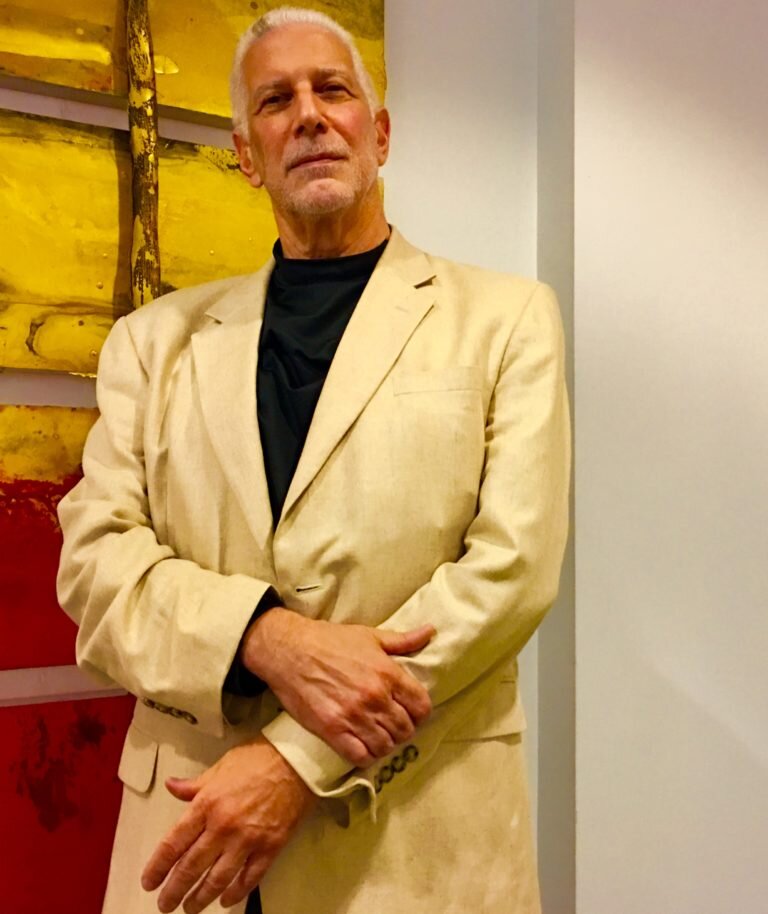Opinion: Bring Billie Holliday home
/Jacob Morris is the director of the Harlem Historical Society. Eagle file photo by Lore Croghan
By Jacob Morris
The many supporters of the proposal for a group monument honoring three of the greatest Black women music icons of the 20th century – who happened to live together in the same uniquely special community of Addisleigh Park – believe that good ideas come from the grassroots.
I would advocate for the realization that the community supporters of this proposal are in excellent company; given that Mayor Bill de Blasio’s own Mayoral Commission on Monuments strongly recommended that there be group monuments included in the selection authorized by SheBuiltNYC. Unfortunately this recommendation by the Mayoral Commission has been disregarded by the administrators of SheBuiltNYC.
Ask yourself to compare; which is the superior proposal? Billie Holiday by herself, isolated, placed in Queens Borough Hall, a location she had nothing to do with, disconnected from her roots, friends, and the neighborhood where she lived. Or the more organic proposal that unifies her with her greatest peers, her community, her zeitgeist and her historical significance.
And ask yourself further – what are the objectives of the SheBuiltNYC initiative? Isn't it better to honor more great women who belong together, who as a group tell an amazing New York City story together in the community where they belong, or is it to honor Billie all by herself in a location where she is disconnected from her roots?
Placing the Billie Holiday monument at Addisleigh Park, near where she lived, would resonate with the larger musical history of the area, creating an important local landmark and supporting tourism. An effort to honor the “Superlative Sisters” contextualized within the broader heritage of Addisleigh Park, could educate new generations who are losing touch with the authentic jazz and music history of the community embedded in place and time.
City guidelines and regulations dictate the appropriateness of installing public art in places that best connect to their subjects. Under the Department of Parks guideline of “appropriateness” for siting public art, the city states, “[the] most effective outdoor public art is sited in spaces which bear a particular relevance to the subject of the piece.”
With commemorative monuments, historical associations between the subject or artist and a community are a traditional mechanism for the selection of an appropriate site. Furthermore, under Community Board guidelines for secondary street co-namings, the naming is justified when “the person or organization had a long standing direct presence and relationship with [the] community.”
We urge the city to pursue Addisleigh Park as the natural and most appropriate place for a monument to Billie Holiday and her “Superlative Sisters” Ella Fitzgerald and Lena Horne.
Jacob Morris is the director of the Harlem Historical Society




